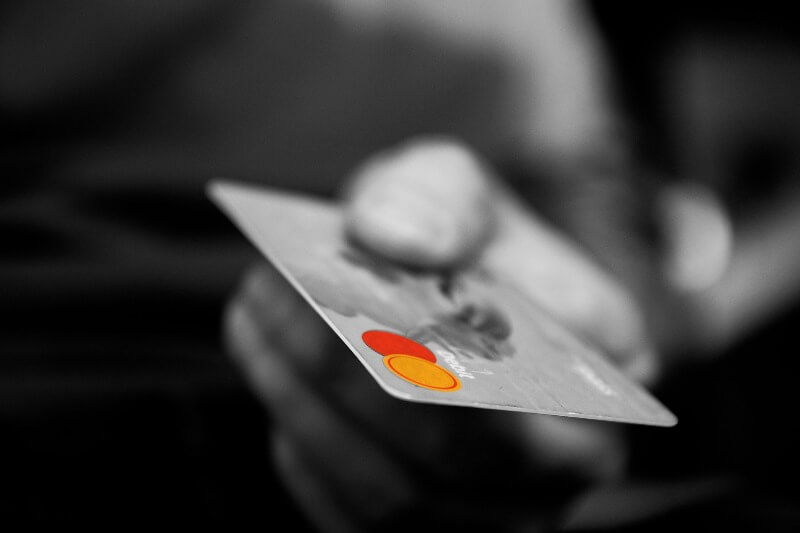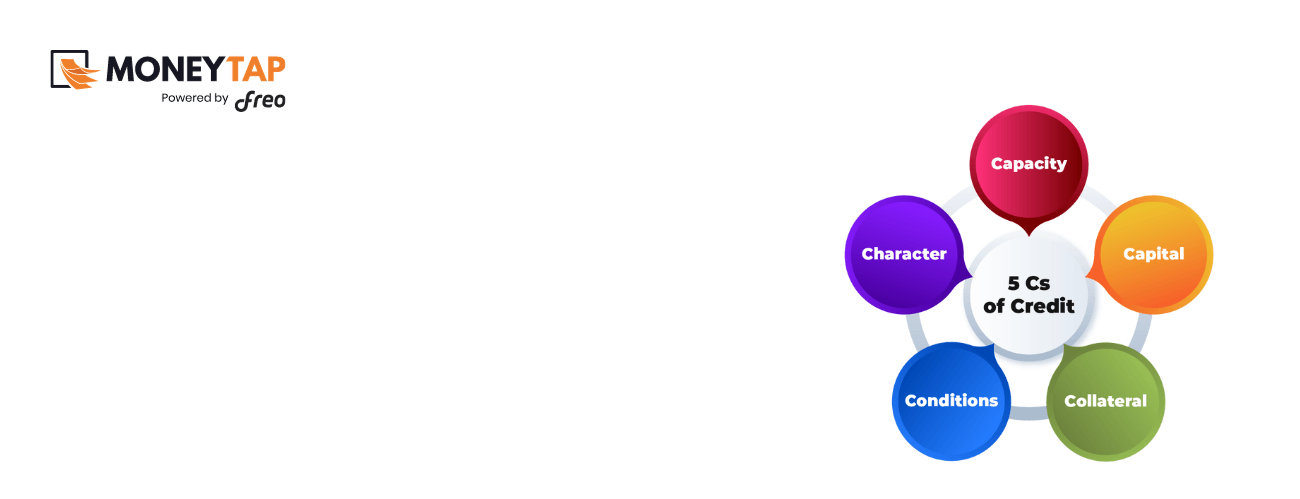Topic
- Around India with MoneyTap 1
- Consumer Durable 1
- Credit Cards 32
- Credit Score 27
- Finance 33
- General 52
- Know MoneyTap Better 26
- MoneyTap 50
- MoneyTap in Daily Life 38
- Personal Loan 86
- Shopping on EMI 4
- Wedding Loan 1
Time and again, history has proven that there are some creations which can completely change the way we lead our lives. These are called ‘disruptions’ in the urban dictionary. One such disruption was the invention of credit card.
The First Credit Card
Legend has it that way back in 1949, a New York businessman named Frank McNamara was having dinner at the Diner’s Club, when he realised that he had forgotten to bring his wallet. Diner’s Club says, ‘For businessman Frank McNamara, forgetting his wallet while dining out at a New York City restaurant was an embarrassment he resolved never to face again. Luckily, his wife bailed him out and paid the tab. A year later in February 1950, he returned to Major’s Cabin Grill with his partner Ralph Schneider. When the bill arrived, McNamara paid with a small cardboard card, known today as a Diners Club Card. The event was hailed as the First Supper, paving the way for the world’s first multi-purpose charge card.’
According to Britannica, ‘the use of credit cards originated in the United States during the 1920s, when individual firms, such as oil companies and hotel chains, began issuing them to customers for purchases made at company outlets.’ The 1950s Diner’s Club card holders could sign for their bill at restaurants, and make the payment later. Business Insider says, ‘McNamara started the club with 27 participating restaurants and 200 $3 memberships that he sold to his friends and acquaintances.’ By the end of that year, Diner’s Club had 42,000 members and by 1953, it became the first internationally accepted charge card.
The Plastic Card
In 1958, American Express Company introduced a travel and entertainment card. Initially cards were the account number and cardmember’s name typed on paper. In 1959, as an industry first, American Express introduced the embossed plastic cards.
The Bank Credit Cards
As credit cards gained popularity, banks started introducing credit card plans. As per these plans, the bank pays to the merchant as and when sales slips are received. All the bills of the cardholder are assembled together for a certain period (usually a month) to form a single bill. The cardholder is sent the bill at the end of the period. The cardholder pays the bank either the entire amount, or in installments, along with interest. The first bank credit card was introduced in 1958 in California, by the Bank of America. This time, ‘Bank Americard’ was accepted by many merchants, not just restaurants and hotels. Bank Americard was extended to other states in 1966. In 1976, it was renamed VISA. As merchants around the country started accepting credit cards, its popularity increased tremendously.
Another major player in the credit card industry is the MasterCard. In 1966, a group of California banks joined forces together to form the ‘Interbank Card Association’ (ICA). The ICA along with a New York bank – Marine Midland Bank (now HSBC Bank USA), created ‘Master Charge: The Interbank Card’. In 1968 the ICA joined hands with the Eurocard, which boosted interbank relationships with Europe. This gave ICA access to the European markets, and Eurocard to American markets. In 1979, Master Charge was renamed MasterCard.
In India
Though City Bank introduced Diner’s Club card in 1969, the credit card industry gained popularity only after Andhra Bank introduced its own credit card. In 1985, the Central Bank of India, along with Vysya Bank and United Bank of India, introduced the Central Card. In the same year, the Bank of Baroda and the Allahabad Bank together launched the Bob card. ANZ Grindlays Bank introduced Visa classic card by 1989.
The number of credit card in India has since grown rapidly, with a compounded growth of 25-30% annually. According to estimates from the RBI, there were 28.8 million credit cards in India in January, 2017. However, there are 661.8 million debit cards in India at the same time. This clearly indicates that Indians still prefer a debit card over a credit card.
The Electronic System
Technological advancements made way through the years and in 1973, electronic credit card processing was introduced in USA. According to Be Money Aware Blog, ‘This allowed merchants to access information from banks to ensure that the user had enough credit for the purchase, which gave consumers far more flexibility in using their credit and more places to use a credit card as payment.’
The Reward Points
Today, reward points are a clever marketing tool to attract people to get and use their credit cards. Reward points came into being in 1989. According to BankRate, ‘Citibank struck a deal with American Airlines to give consumers reward points, ushering in a new era for the industry. It led to more people getting cards because they got rewards, but it also led to people wanting to use the cards more, because in addition to getting financing, they would get rewards.’
The Digital Wallets
When eBay introduced PayPal in 1990s, it marked the beginning of digital wallets. But people were hesitant to use PayPal due to concerns over security. However, things changed in 2014, when Apple decided to add digital wallet to iPhones for making payments easier for iPhone user. Apple partnered with Visa, MasterCard and American Express to introduce ApplePay digital wallet.
The Mobile Wallets
After the success of ApplePay, many fintechs have introduced different kinds of mobile wallets. Many mobile wallets have precipitated into Indian market too. CitrusPay, LIME, JustPay, Mobikwik are some popular mobile wallets.
The EMV Cards
As technology is advancing even further, the magnetic strip on credit cards is giving way to smart chips. According to CreditCards.com, ‘EMV — which stands for Europay, Mastercard and Visa — is a global standard for cards equipped with computer chips and the technology used to authenticate chip-card transactions. In the wake of numerous large-scale data breaches and increasing rates of counterfeit card fraud, U.S. card issuers have migrated to this new technology to protect consumers and reduce the costs of fraud.’ Soon chip-cards will become the norm worldwide.
The Future of Credit Cards
Some experts fear that the future of credit cards is going to be rocky, as people will re-evaluate their spending habits. However, there are others who feel that credit cards are here for the long haul.
Technologically speaking there is going to be lot of change in the way credit cards operate. In order to safeguard the customer and data, credit card companies are evaluating the usage of emerging technologies like facial recognition and other biometric authentication techniques. MasterCard has launched its ‘Selfie Pay’ biometric authentication app in the Europe.
Digital Money at a Tap
MoneyTap takes the idea of digital money and loans a step further and offers loans, available to you just through a few taps on your phone. You can avail a loan as low as Rs.3000 or as high as your credit limit, and transfer it to your bank account instantly. You will be charged interest only for the amount you transfer, and only from the time you make the transfer.
Know more about the MoneyTap features.











 Get it on playstore
Get it on playstore Get it on appstore
Get it on appstore